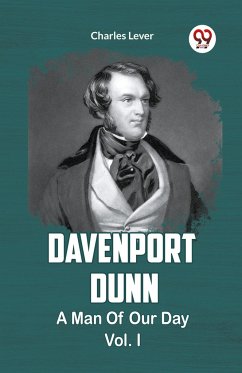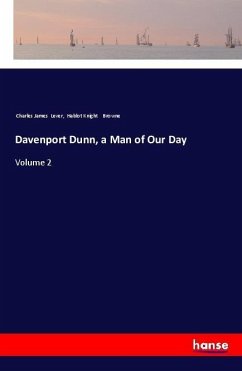
Davenport Dunn A Man Of Our Times Vol. II

PAYBACK Punkte
0 °P sammeln!
Charles Lever wrote the novel "Davenport Dunn: A Man of Our Times Vol. II". The 2nd quantity of this amazing paintings maintains the tale of the eponymous man or woman, Davenport Dunn, who embodies the chaotic instances wherein he lives. Set towards the backdrop of nineteenth-century political and social changes, the story follows Dunn as he navigates the headaches of power, ambition, and private connections. In this part, the reader sees Davenport Dunn's persisted ascent to prominence and the problems he faces in a fast converting world. Lever expertly blends a tale of political maneuvering, ...
Charles Lever wrote the novel "Davenport Dunn: A Man of Our Times Vol. II". The 2nd quantity of this amazing paintings maintains the tale of the eponymous man or woman, Davenport Dunn, who embodies the chaotic instances wherein he lives. Set towards the backdrop of nineteenth-century political and social changes, the story follows Dunn as he navigates the headaches of power, ambition, and private connections. In this part, the reader sees Davenport Dunn's persisted ascent to prominence and the problems he faces in a fast converting world. Lever expertly blends a tale of political maneuvering, personal intrigue, and societal upheaval. The story dives into the complexities of Dunn's man or woman, depicting him as a dynamic and multifaceted individual whose actions and choices have a long way-accomplishing implications. As the tale progresses, readers are led on a journey through the corridors of electricity, illustrating the complexities of political maneuvering and how historical events affect character lives. Lever's storytelling capabilities are proven by using his capability to capture the essence of the times, ensuing in a vivid and fascinating narrative that resonates with readers.














